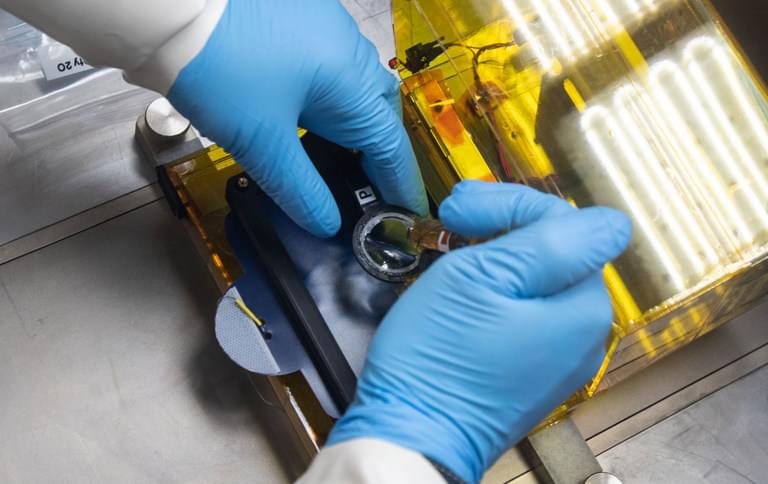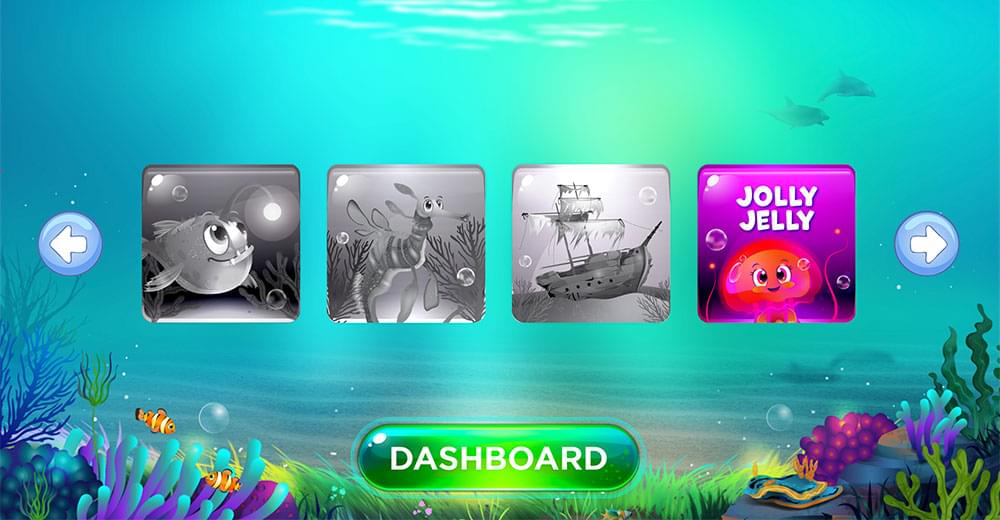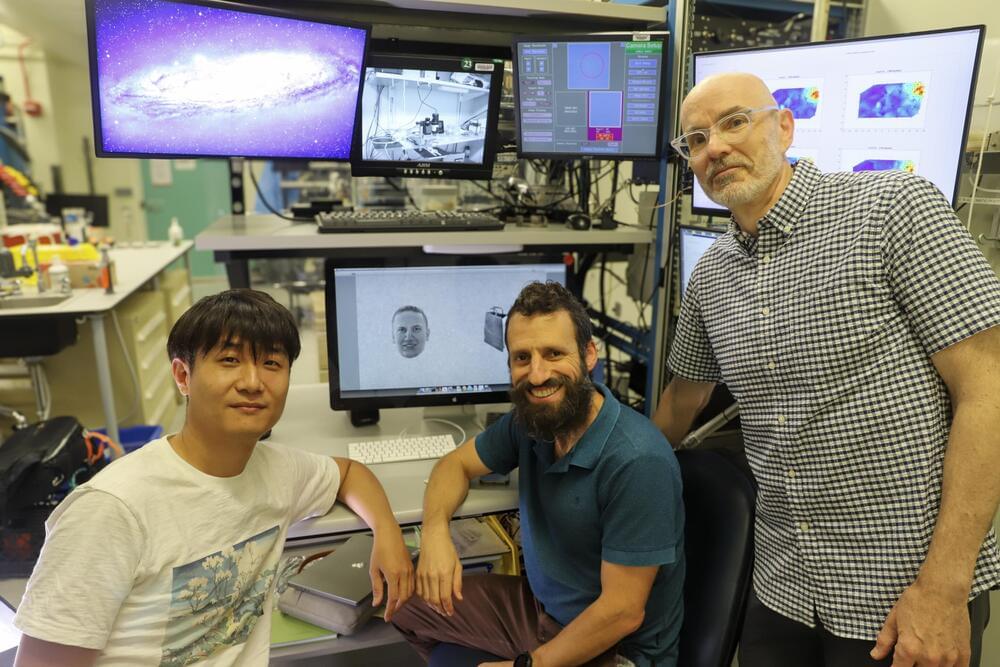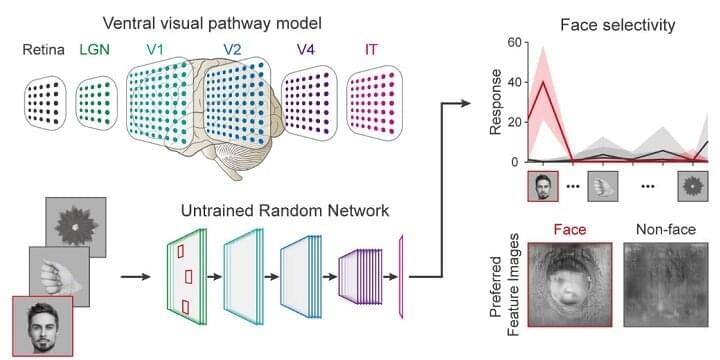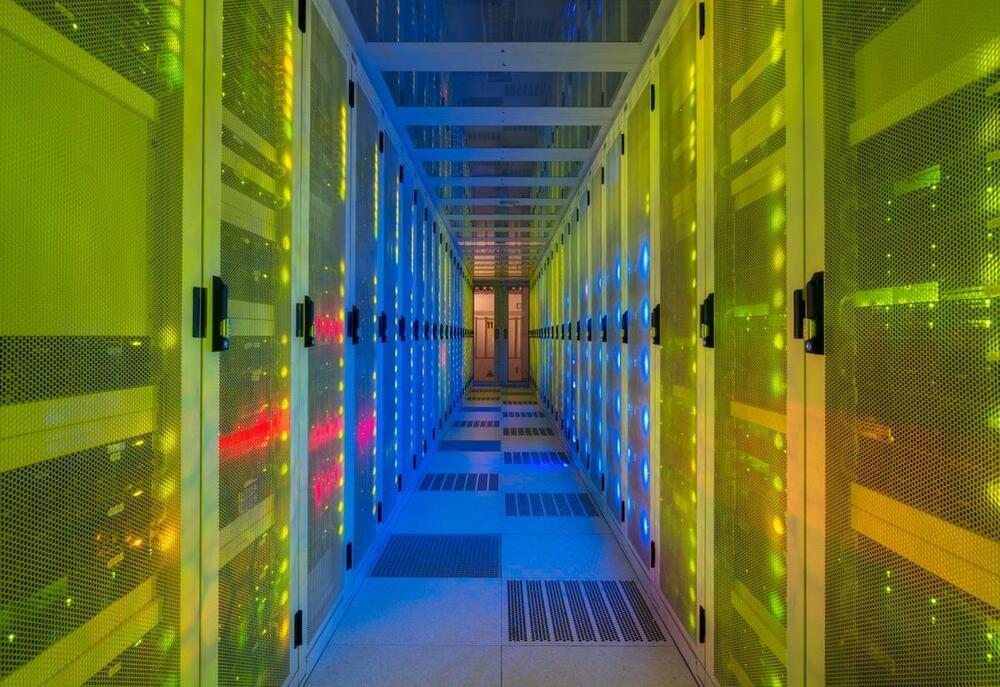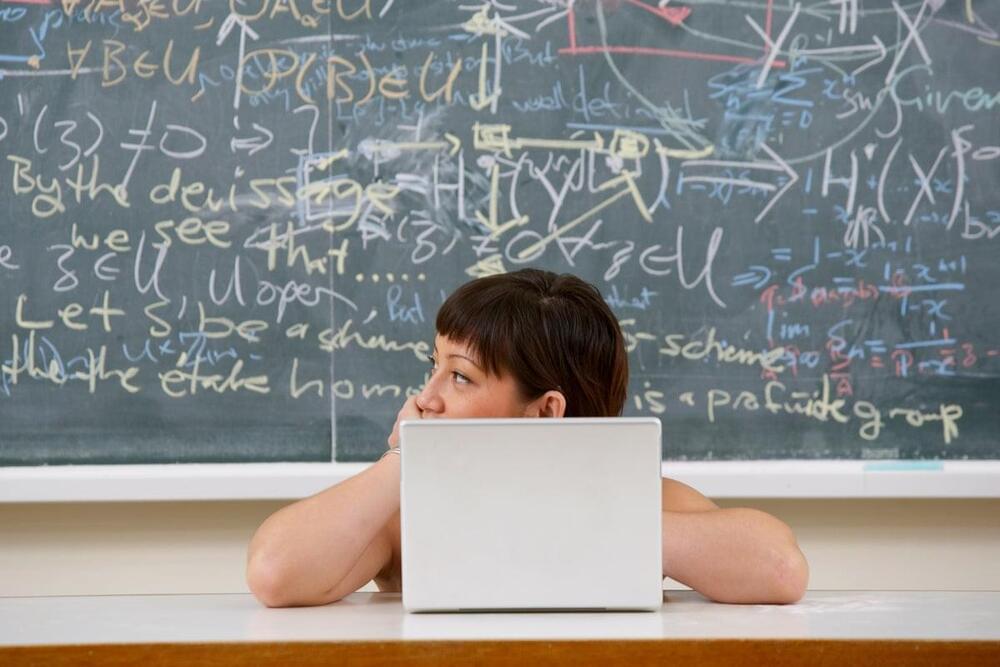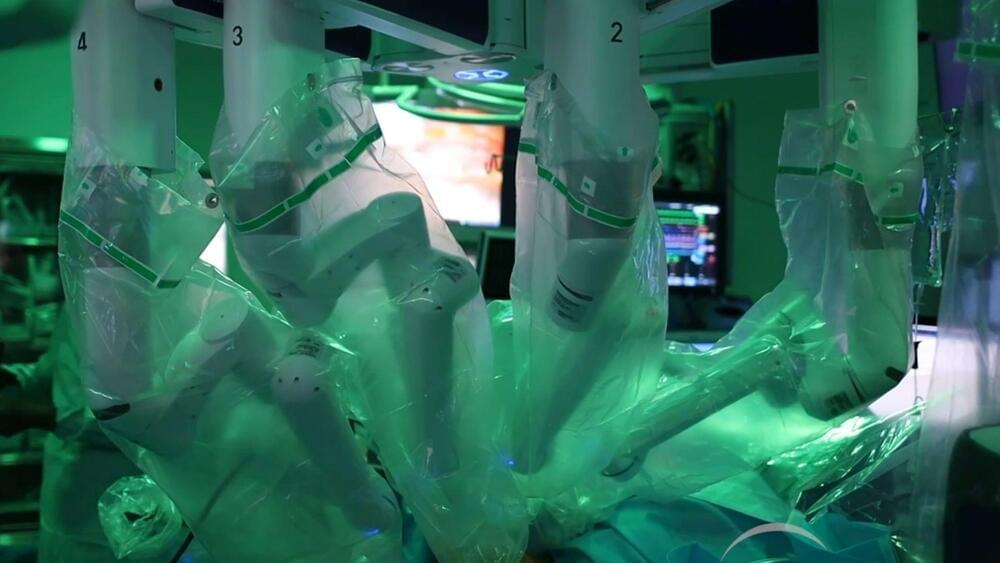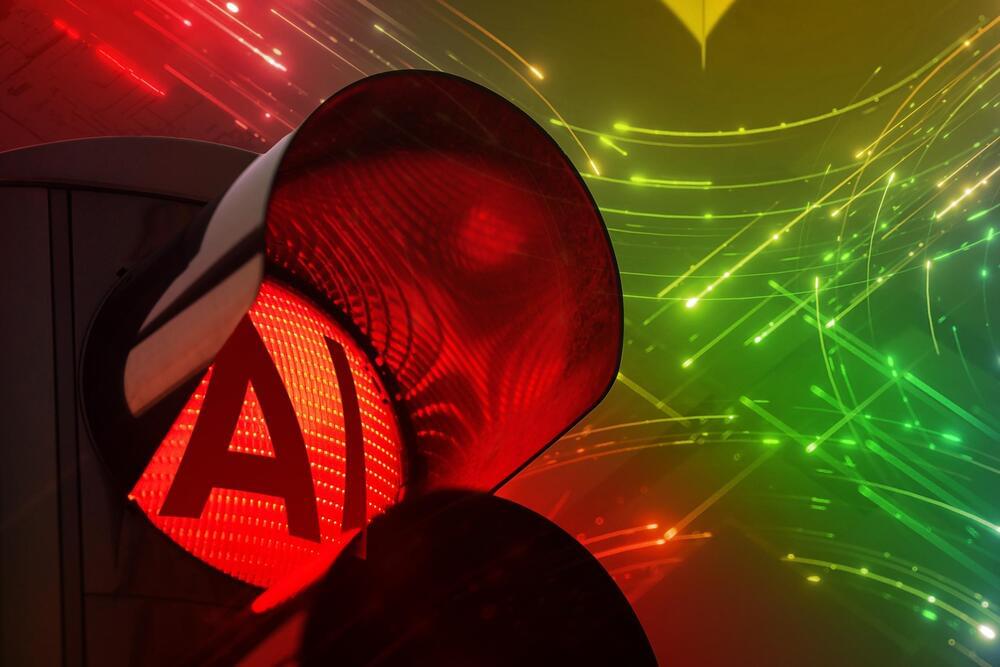1,271 likes, — artificialintelligencenews.in on November 22, 2024: According to former Google CEO Eric Schmidt, the tech industry anticipates that within the next five years, AI systems will be able to write and improve their code. This means AI will soon be capable of analyzing and enhancing its programming, setting off a recursive process that could dramatically accelerate development.
Schmidt suggests that by around 2030–2032, we might see a single AI system that can match 80–90% of the expertise of top specialists across various fields—whether that’s physics, chemistry, art, or more. Such a system would, in effect, be smarter than any human, as no one person can excel in all these disciplines at once. In short, Schmidt believes we are approaching a future where AI could possess intellectual versatility that surpasses any individual human’s abilities.
